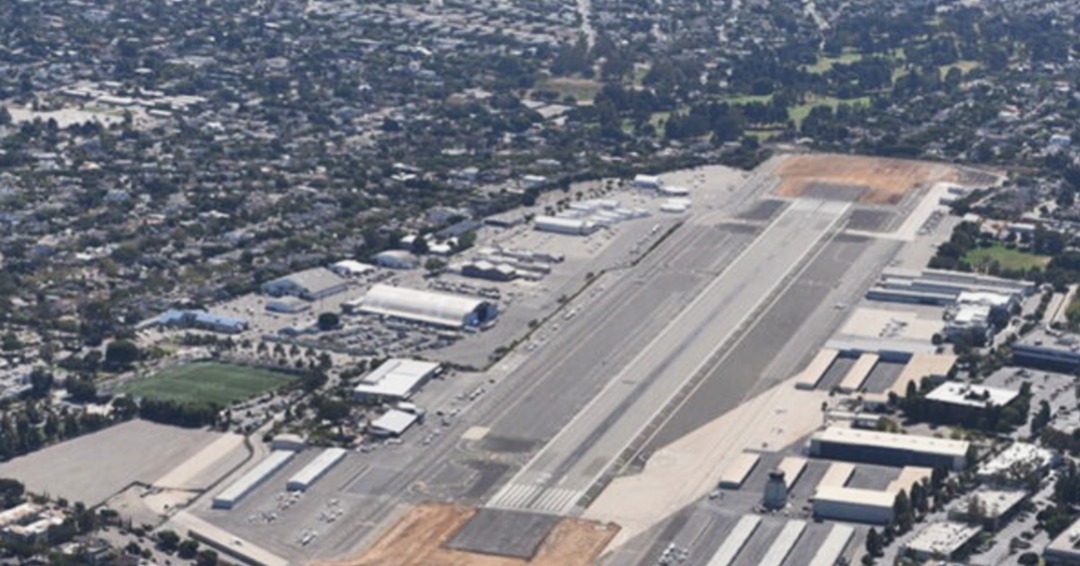
On January 1, 2029, the City Council will be given the legal right to vote on whether to maintain the airport or demolish it. There will be no middle ground. Currently, the City’s staff is in the process of evaluating the qualifications of consultants to identify and propose the best uses for the land, which should include maintaining it as an airport. As I indicated in a Planning Commission meeting where the process was being discussed, the choice of consultants can often predetermine the results. If you hire a firm that specializes in park design to do the evaluation, you are likely to see a recommendation for a park.
We must think of the future beyond 2028. The identity of this city is as tied to the existence of the airport as it is to the beach, and its demise will mean the diminishing of that identity as it would if the city were to propose the destruction of the Santa Monica Pier. Unlike the airport, of course, the Pier is listed on the National Registry of Historic Places. It is therefore protected from demolition. But the airport, although not on the National Registry, does actually create significant income for the city as well as being an asset to businesses that may want or are already located here. According to a Daily Press staff report in 2011, the airport generated the sum of 275.2 million per year, which, adjusted for 2023, is 363.6 million. It would be quite a loss to our cash-strapped town.
By 2028 there will be hybrid and all-electric aircraft that will to a great extent, quash the issues concerning noise and pollution. There are other equally environmentally friendly aviation-related uses that are being developed, which would enhance the airport’s potential as a civic asset of importance. Simply the airport has always been in the DNA or identity of this City. Like the Santa Monica Pier, we need the airport. We are identified as a city by it. Without it, there is little left to distinguish our city from any other seaside extension of the City of Los Angeles.
Also, let’s not forget although the airport itself may not be registered in the national registry, the rotating beacon is landmarked, and the airport’s history is etched in the history of aviation.
Now for those, including perhaps some of our city’s staff, who wish that the City Council votes to close the airport and build a regional park, be careful what you wish for. The airport, should it be closed, will face the obvious development pressure that has been evident throughout our city over the last ten-plus years, resulting in such recent proposed projects as the incredibly dense Gelson’s submittal for 521 units on less than 5 acres with virtually no open space, and a recent applied for 15 story 2000 unit tower. Per the staff presentation to the council in January, it was acknowledged that there are no funds to, in fact, create a regional park.
Even if the City were to find the funds, would it not be more advantageous and make better planning sense to build many smaller pedestrian-accessible parks in the neighborhoods where, by all estimates, there is and will continue to be enormous residential growth? This is especially true in the downtown, where an urban park is urgently needed, and along the Lincoln Boulevard corridor, where significant development is in process. Unless by 2028 there is an effective national response to homelessness, a park at the airport site might become, unfortunately, a regional encampment site.
Small parks, properly designed with amenities for all ages in our many neighborhoods. will, I believe, promote family-oriented life in our town, as well as help assure that with affordable housing, there will be a balance in the social economic makeup of our population. Some money might better be used to update the facilities at existing parks.
For those who adamantly believe that a regional park is the highest and best use for the airport property after 2028, I must reiterate, “BE CAREFUL WHAT YOU WISH FOR.”
Samuel Tolkin, Architect & Planning Commissioner
For SMa.r.t.
Santa Monica Architects for a Responsible Tomorrow
Dan Jansenson, Architect, Building & Fire-Life Safety Commissioner; Thane Roberts, Architect; Robert H. Taylor, Architect AIA; Mario Fonda-Bonardi, Architect AIA Planning Commissioner; Sam Tolkin, Architect, Planning Commissioner; Michael Jolly, ARECRE
For previous articles, see www.santamonicaarch.wordpress.com/writing













